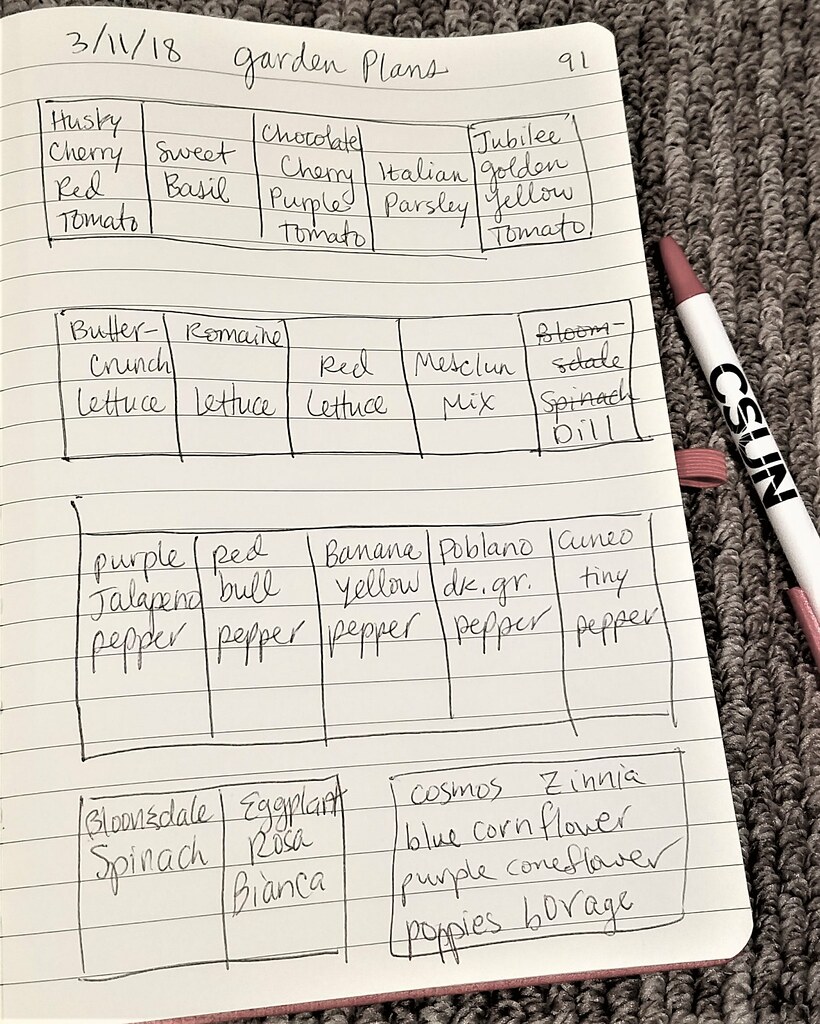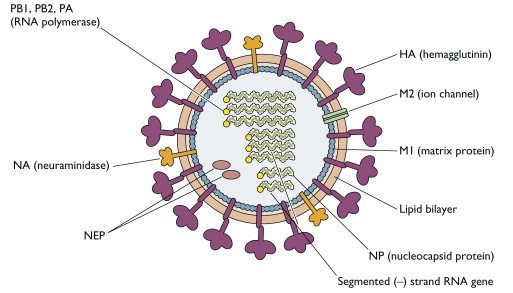Have you ever had the following thoughts while 'under the weather' due to a cold or flu: "Why is this cold/flu holding my body hostage so long? Why is my body taking so long to fight this cold? I normally recover within a couple of days....this flu/cold must be a big one." If so, I would like to bring up a few points inspired by a discussion a few days ago with a colleague regarding the body's resiliency in fighting infections. Enjoy!
Why am I sick?
Why am I sick? The answer to this question lies in the ability of a person's immune system to mount an attack on an infection (a foreign invader) into your body at any given time. Of course, at any given time, through the acts of breathing, seeing, hearing, eating, skin absorption, invaders are attacking our bodies mounting an invasion on our system.
Stop to think about this. Just opening your eyes, opening your mouth, breathing in, covering yourself with clothes or being naked, invaders are trying to get into your body. You may be wondering why I am thinking about this subject at all? First, we are in the midst of an influenza frenzy -- the spread of which is fast and wide. Schools are hotbeds for the spread of the influenza virus this season. I got the virus after participating as a 'science judge' a few weeks ago at an elementary school. I even got the flu shot this season.
Turns out that there are
four strains of the influenza virus circulating this season. Three of which are wiped out by the 'flu shot' -- which is great. The downside is that the worst strain of the virus is the fourth which has mutated and built up a resistance to the 'flu shot' - not great. The
Center for Disease Control and Prevention (CDC) offers the following explanation regarding the viruses ability to change over time:
Influenza viruses are constantly evolving, in fact all influenza viruses undergo genetic changes over time (for more information, see How the Flu Virus Can Change: “Drift” and “Shift”). An influenza virus’ genome consists of all genes that make up the virus. CDC conducts year-round surveillance of circulating influenza viruses to monitor changes to the genome (or parts of the genome) of these viruses. This work is performed as part of routine U.S. influenza surveillance and as part of CDC’s role as a World Health Organization (WHO) Collaborating Center for Reference and Research on Influenza. The information CDC collects from studying genetic changes (also known as “substitutions,” “variants” or “mutations”) in influenza viruses plays an important public health role by helping to determine whether existing vaccines and medical countermeasures (e.g., antiviral drugs) will work against new influenza viruses, as well as helping to determine the potential for influenza viruses in animals to infect humans.
Genome sequencing reveals the sequence of the nucleotides in a gene, like alphabet letters in words. Comparing the composition of nucleotides in one virus gene with the order of nucleotides in a different virus gene can reveal variations between the two viruses.
Genetic variations are important because they affect the structure of an influenza virus’ surface proteins. Proteins are made of sequences of amino acids.
The substitution of one amino acid for another can affect properties of a virus, such as how well a virus transmits between people, and how susceptible the virus is to antiviral drugs or current vaccines.
Influenza A and B viruses – the primary influenza viruses that infect people – are RNA viruses that have eight gene segments. These genes contain ‘instructions’ for making new viruses, and it’s these instructions that an influenza virus uses once it infects a human cell to trick the cell into producing more influenza viruses, thereby spreading infection.
Not all people receive the form of the influenza virus which has mutated or changed and is resistant to the 'flu shot.' Although, the few that have and still get sick (like myself) have the risk of giving up days of productive work to allow our bodies to repair our immune system to restore the ability to mount a counter attack against influenza virus. The majority of folks that have been subjected to taking time off due to illness (sick days) -- wanted or unwanted. This virus has a real kick and can put a person down in bed for several days.
In the worst case scenario, a few unfortunate elderly people have transitioned from serious illness caused by the influenza virus to the actual stage of an pneumonia - which in some cases can be life-threatening. A colleague of mine just mentioned the other day that he has attended this year 3 funerals of friends who have died as a result of a serious progression of the virus into a pneumonia and onto death. What a tragedy that is. I expressed my sorrow for his losses. I also took the time to insert a message of gratitude for those of us who have survived. Not to be disrespectful of those unfortunate people that passed as a result.
The Human Body is Resilient Toward Infections
In most cases the human body is resilient toward infection. As I mentioned above, the human body is constantly being bombarded with attacks from foreign invaders. And our immune system is in turn mounting attacks against foreign invaders at what seems like the speed of light (not literally). Our ability to comprehend the extreme resiliency of our immune systems ability to mount counter attacks is greatly lacking. Let me give you an example to explain why this is the case.
Present Day Syria
Immigration is a hot issue presently throughout the world. There are 65 million displaced migrants moving throughout the world today. A significant portion of the moving migrant are moving from the civil war that has plagued Syria over the last few years. Here is a picture shown below of a previously largely populated city of (in Syria - pre-civil war):
This picture is of the city of Aleppo pre-civil war with a population of 1.6 million people. Of course, after years of the civil war, the city now appears as shown below:
Wow! Imagine if the human body was unable to fight an infection. Imagine if the human body worked on the time scale of the human ability to rebuild a city like Aleppo after a civil war. Our ability on the human level (physical scale) is lacking. Building up a city like Aleppo will take years to return to normalcy if ever.
On the microscopic scale (virus level), our bodies have to be much more resilient to fighting disease. The ability to rebuild our destroyed cells or other cellular machinery is of the upmost importance and needs to be accomplished immediately. Again, you may be wondering the following question:
What is the connection to the city of Aleppo and the human body's immune system?
The point that I would like to drive home is that we should respect the our body more. Furthermore, in the event that the influenza virus invades our body successfully and causes us to miss work, respect your body and let your immune system do its intended job. Think about this blog post while you rest in bed. Let your body repair your system. If you choose to not respect your immune system and let the system do the job of counter attacking the virus, you could move the virus into the stage of an pneumonia -- and possibly progress onto death.
Conclusion...
Respect your body. Amazingly enough, your body's ability to mount a counter attack is super efficient compared to the human scale activities shown above. Imagine if your body operated on the scale of us as humans operating on a daily basis. You would be sick for years.
Secondly, remember that your body fights the virus every few weeks after you recover. Therefore, if you recover and start to abuse your body (let your immune system be compromised) by not taking care of yourself, you will find yourself sick again. What? Is that possible? Yes, it is. Don't believe me? See if this happens in the future after you recover from your present sick state.
I hope that each of you choose to respect and let your body heal itself on the appropriate time scale. Remember to think about how amazing your system is to be able to recover in a matter of days. What is the equivalent process that occurs on the human physical scale? Is there such a comparison? I do not believe that one has been uncovered. We have a lot to learn in science to be able to mimic the body's ability to recover. Until next time, have a great day.




